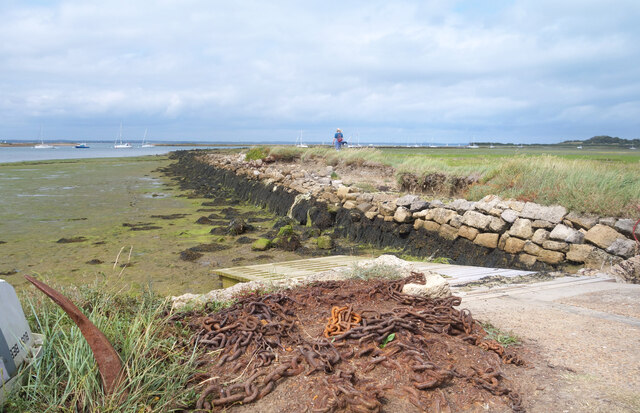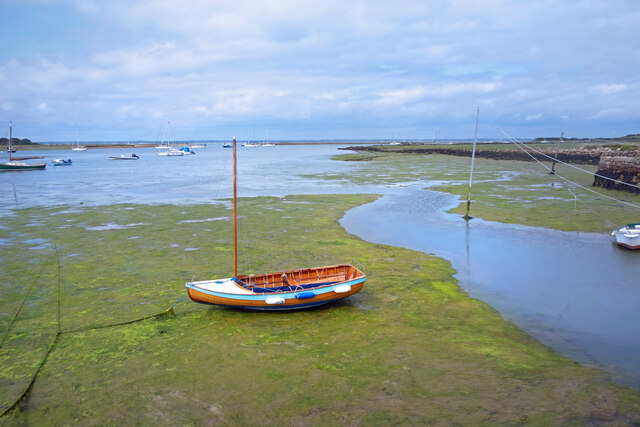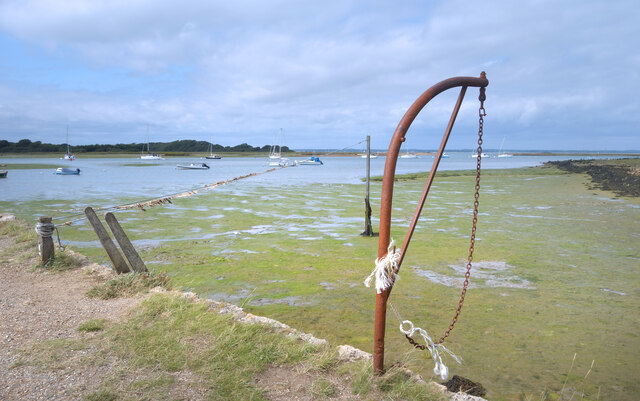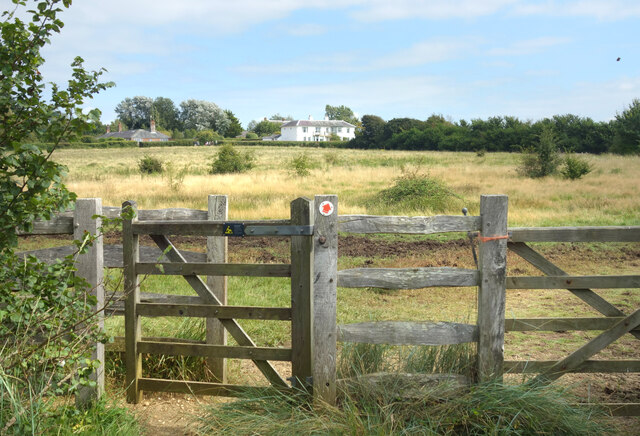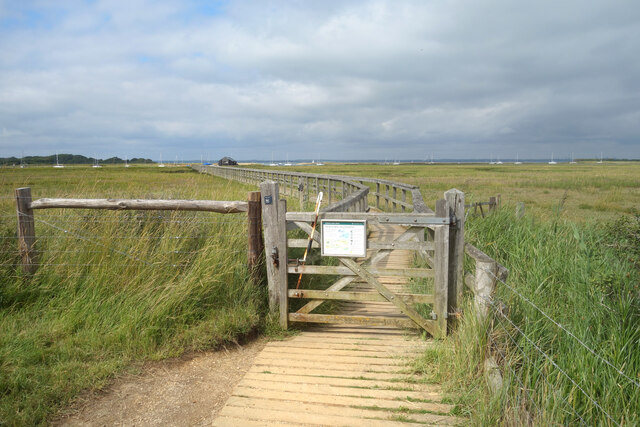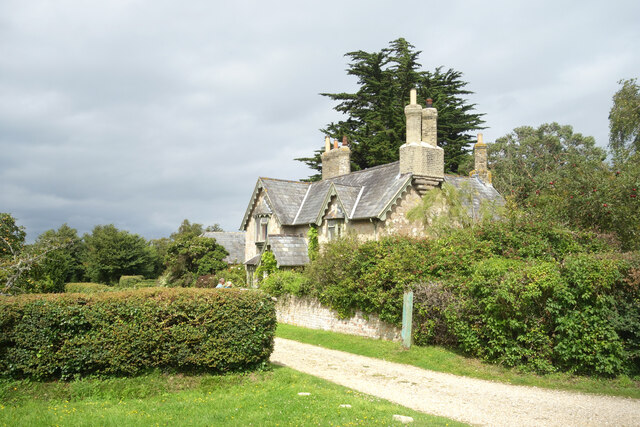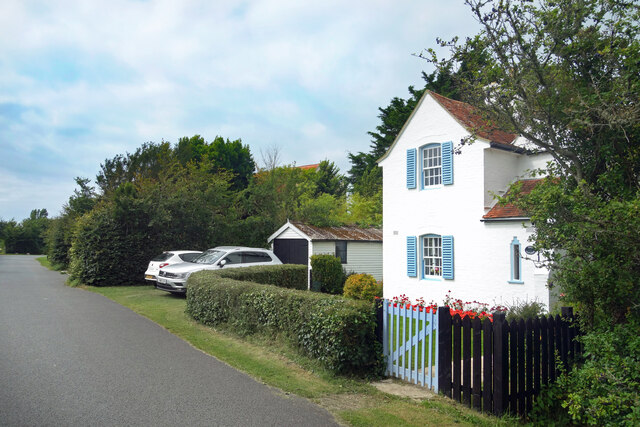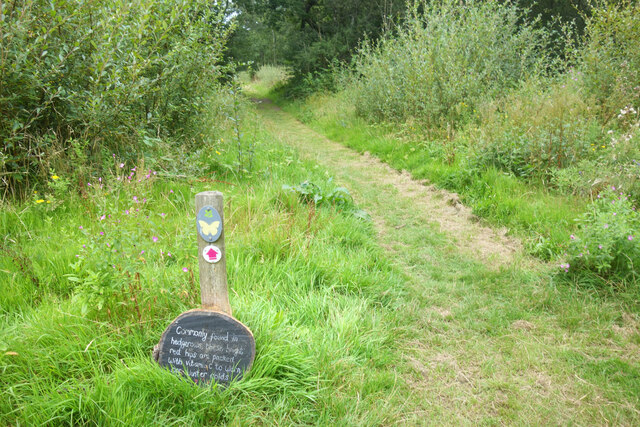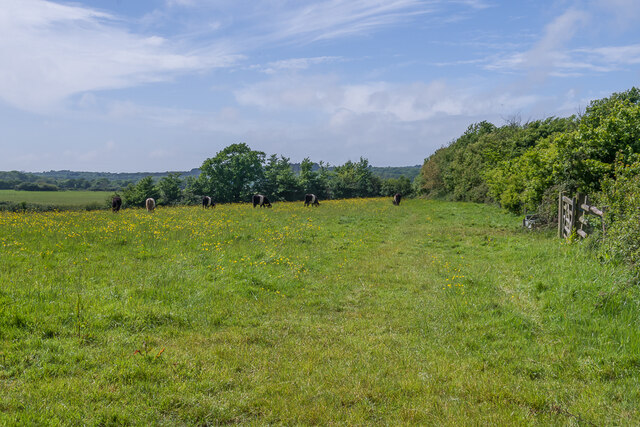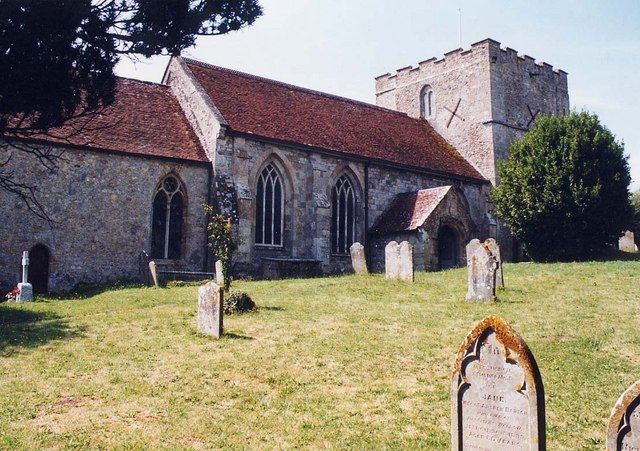Corf Copse
Wood, Forest in Hampshire
England
Corf Copse
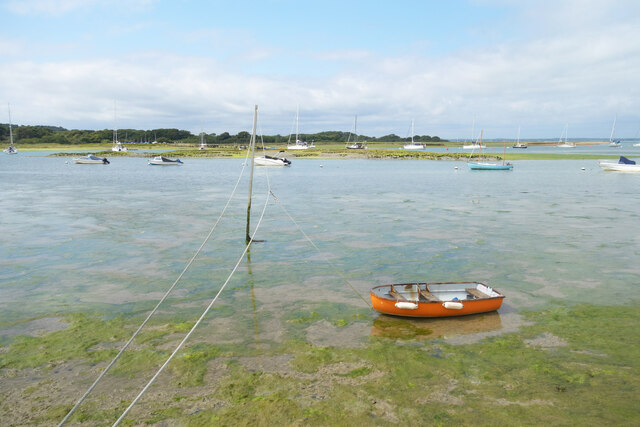
Corf Copse is a picturesque woodland located in Hampshire, England. Situated in the heart of the New Forest National Park, this enchanting copse covers an area of approximately 50 hectares. It is known for its diverse range of flora and fauna, making it a popular destination for nature enthusiasts.
The woodland is predominantly composed of deciduous trees such as oak, beech, and birch, which create a dense canopy overhead. These towering trees provide shelter for a variety of wildlife, including deer, badgers, and numerous species of birds. In spring, the forest floor becomes a vibrant tapestry of bluebells and wildflowers, adding a stunning burst of color to the surroundings.
Corf Copse offers a network of well-maintained footpaths and trails, allowing visitors to explore the area and discover its hidden treasures. The paths wind through the woodland, providing breathtaking views of ancient trees and tranquil ponds. It is an ideal location for walking, cycling, and horse riding, with designated routes catering to different interests and abilities.
In addition to its natural beauty, Corf Copse holds historical significance. It is believed to have been a hunting ground for the medieval Kings of England, and remnants of ancient enclosures can still be seen today. The copse has also been a source of timber for centuries, with evidence of sustainable forestry practices in the past.
Corf Copse offers a peaceful retreat from the hustle and bustle of everyday life. Whether you are seeking a tranquil stroll through nature, a chance to spot wildlife, or an opportunity to delve into the history of the area, this woodland provides an idyllic setting to connect with the natural world.
If you have any feedback on the listing, please let us know in the comments section below.
Corf Copse Images
Images are sourced within 2km of 50.705642/-1.4063442 or Grid Reference SZ4289. Thanks to Geograph Open Source API. All images are credited.
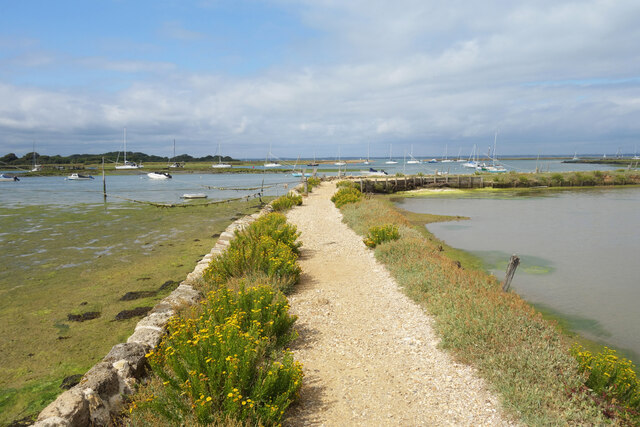
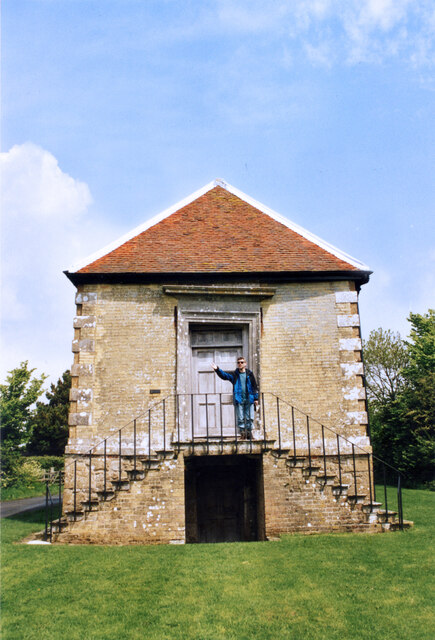
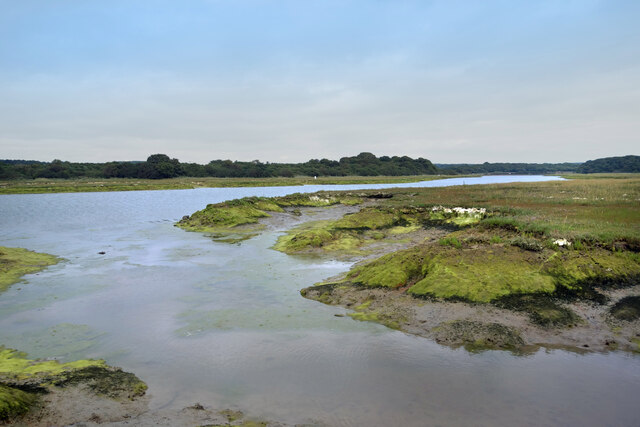
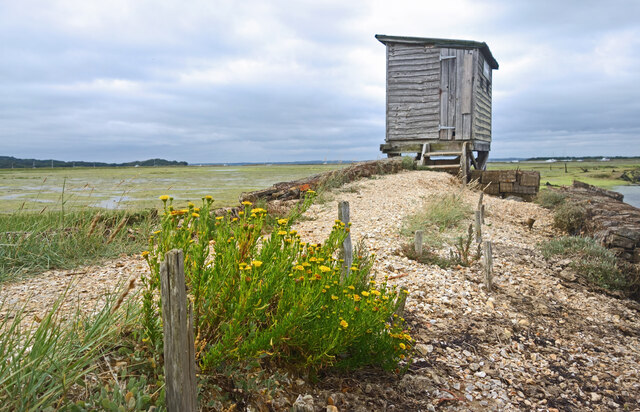
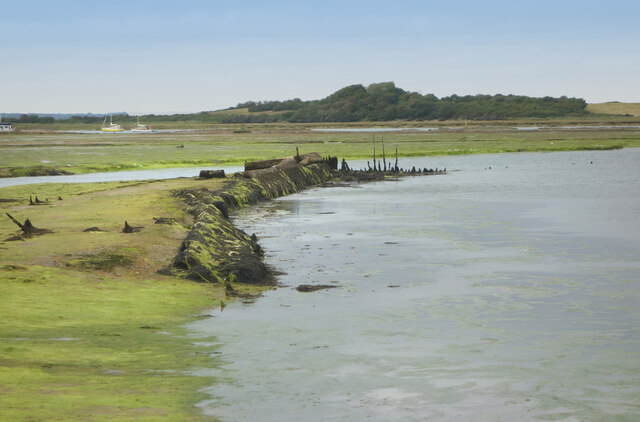
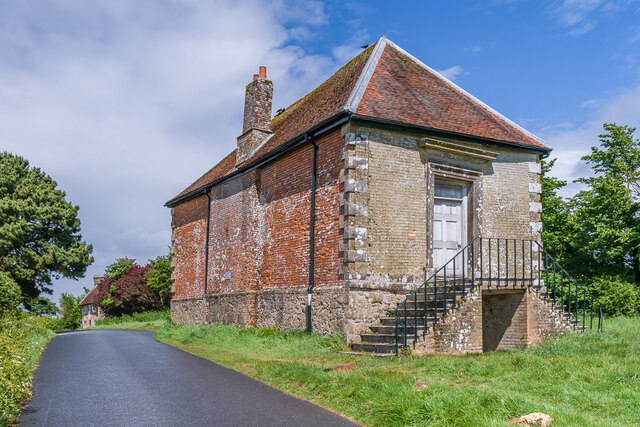
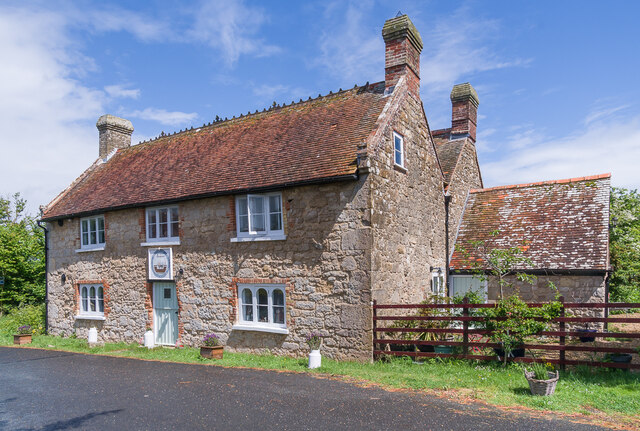
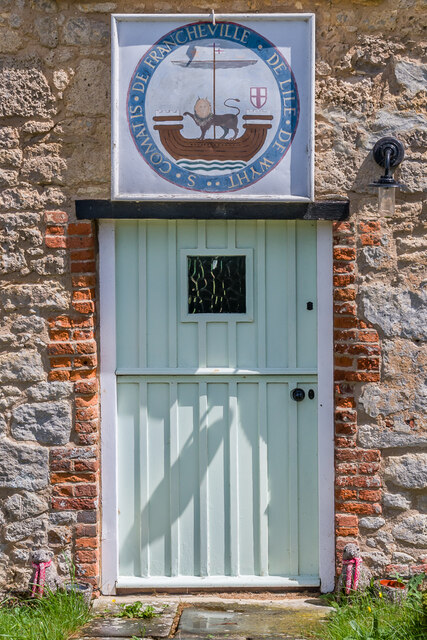
Corf Copse is located at Grid Ref: SZ4289 (Lat: 50.705642, Lng: -1.4063442)
Unitary Authority: Isle of Wight
Police Authority: Hampshire
What 3 Words
///backers.examine.broached. Near Shalfleet, Isle of Wight
Nearby Locations
Related Wikis
Shalfleet
Shalfleet is a village and civil parish on the Isle of Wight. it is located between Yarmouth and Newport in the northwest of the island. == Background... ==
Church of St Michael the Archangel, Shalfleet
The Church of St. Michael the Archangel, Shalfleet is a parish church in the Church of England located in Shalfleet, Isle of Wight. == History == The church...
Newtown Old Town Hall
The Old Town Hall is a municipal building in the High Street in Town Lane, Newtown, Isle of Wight, England. The structure, which is used as a tourist attraction...
Holy Spirit Church, Newtown
Holy Spirit Church, Newtown is a parish church in the Church of England located in Newtown, Isle of Wight. == History == The church dates from 1835 by...
Nearby Amenities
Located within 500m of 50.705642,-1.4063442Have you been to Corf Copse?
Leave your review of Corf Copse below (or comments, questions and feedback).
